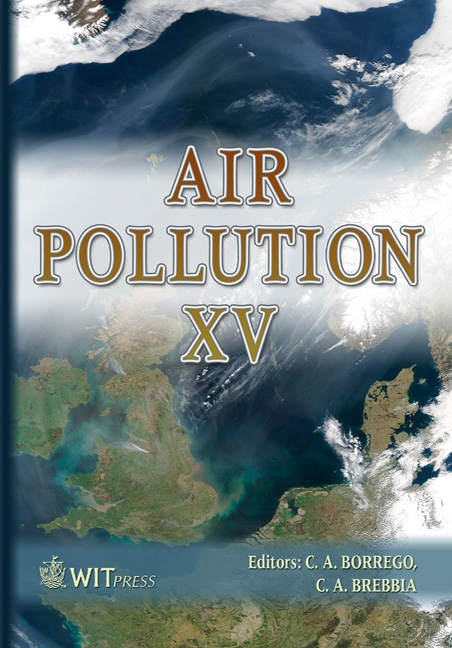Satellite Imagery Used In Constructing Emission Maps For Air Quality Modelling In The Dubai-Sharjah (UAE) Region
Price
Free (open access)
Transaction
Volume
101
Pages
9
Published
2007
Size
2,547 kb
Paper DOI
10.2495/AIR070121
Copyright
WIT Press
Author(s)
D. S. Zachary & B. Farooq
Abstract
Streamlined construction of emissions maps using satellite imagery (JPEG - RGB images) is discussed. A filter algorithm (MATLAB) is used to extract a road network which is subsequently used as an input to a \“fast” (reduced-order) urban air shed model for the Dubai-Sharjah (UAE) region. Validation of the model is done using averaged air quality scenarios in an extended (one month) campaign, revealing that O3 production is VOC limited in mid to late afternoon (peak ozone times). The modelled NOx and O3 concentrations are in rough agreement with the three measuring stations used in this study (two in the city center and one at the city periphery); high O3 levels are predicted down-wind (desert-side) of the Dubai-Sharjah city centers in mid-afternoon. Keywords: air quality, reduced-model, ozone, NOx, VOC, optimization. 1 Introduction The Dubai-Sharjah (UAE) metropolitan region, henceforth DS, covering approximately 15 × 60 km2, represents one of the world’s and fastest growing major metropolitan areas. The rapidly evolving transportation infrastructure has demanded that an efficient algorithmbe developedwhich could be an alternative to the arduously constructed road networks using GIS traffic management software. The non-linear O3 production from precursor gases NOx and VOC is extremely CPU intensive and thus created the necessity for the fast ozone calculator TAPOM-
Keywords
air quality, reduced-model, ozone, NOx, VOC, optimization.





